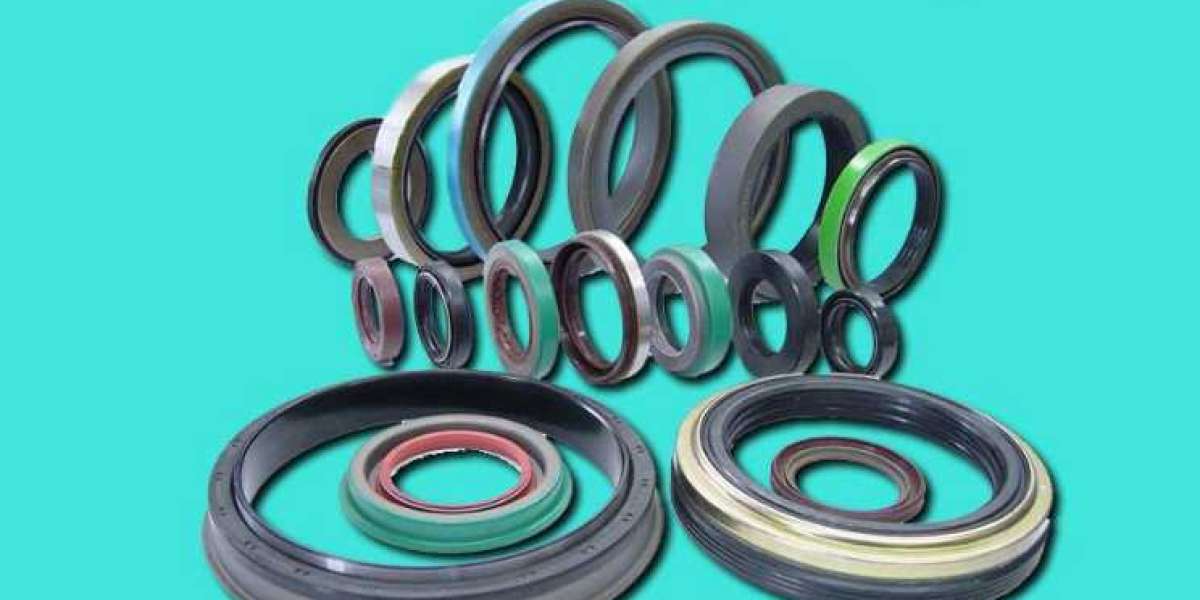5 Green Building Blocks
How sustainable your home is depends on how green the construction material is, says Nirthya Rajan.
Using green building material while constructing your home is the easiest way to make it sustainable. Here's a list of five products made of components that are renewable and environmentally responsible.
Fly ash bricks or FAB converts the industrial waste of fly ash into an effective building material. The manufacturing process uses less energy and the bricks come in uniform shapes and various sizes. As a building material it has gained importance in the construction sector in the recent past as it is light-weight, has higher strength (less breakage during transportation), offers high resistance to sound, has low water absorption and is a good thermal insulator. It also makes the job easier for electricians and plumbers as chiseling can be done with ease. FAB is used for load bearing walls and can result in making finer finishes with even surfaces. FABs are costlier than normal bricks by around 18 -25 per cent. However, on a larger scale, the cost of the project can be reduced as the dead load over the columns and beams are lesser, wastages minimal and they require less labour time.
Autoclaved aerated concrete (AAC) is a derivative of fly ash that is combined with cement, lime and water and an aerating agent. AAC is produced as blocks and panels. It is an approved eco-friendly building material that comes from industrial waste and is made from non-toxic ingredients. With AAC, your construction process can be about 20 per cent faster.
It weighs only about 50 per cent of a standard concrete block and possesses high thermal insulation and is acoustics-friendly. It also has better fire resistance than fly ash and is non-combustible. It’s non-allergic and hence maintains the quality of air within a building without changing its properties over time. Using AAC can reduce construction cost by about 2.5 per cent for buildings such as schools and hospitals and reduce the running costs of hotel and office buildings by to 30 to 40 per cent over time.
Compressed earth blocks (CEB) have been in use for a long time and are made from clay, sand and cement. They are biodegradable and can be made locally from any soil with a proper mix of ingredients like sand and cement. It offers fire resistance and is sound proof. Building cost can go down by 15 per cent or more. CEBs are, however, not suitable for smaller homes and buildings.
Insulate is a green roofing material with a base from silica obtained from industrial waste and developed using a unique formula containing fibourous polymer liquid.
This permanent roof insulation material is cost effective, light weight and has wide area of applications. The thermal conductivity is 10 to 12 times lesser compared to normal brick bat reducing the heat transmission by 20 to 40 per cent. Insulite is termite and rodent proof and has high durability. It is also easy to apply and takes close to four times lesser time than brick bats to be completed.
Particle boards commonly used as a material for flooring, roofing and furniture, have in the past few years come to replace solid wood as building material. Innovations such as the use of plantation timber, which form rapidly renewable resources instead of hard wood for their manufacturing, have made this material further sustainable. More economical than solid wood, these ‘green’ particle boards can help bring down building costs to a great extent. They are available in the thickness range of 2mm to 6mm. Particle boards have low moisture absorption, high internal bonding and dimensional stability.
AAC Blocks, price, sizes: The new age building construction material for resilient structures
By choosing eco-friendly construction materials for building your dream house, you are not just doing your bit to conserve the environment but also saving on your overall construction costs. Among the innovative construction materials used across the world, autoclaved aerated concrete blocks (AAC blocks or bricks) are considered superior to other conventional materials like burnt clay bricks that cause environmental hazards. The benefits of AAC blocks as an affordable and sustainable alternative to traditional building materials are being widely recognised in India. In this article, we explain AAC blocks and their advantages and disadvantages in house construction.
AAC blocks are a precast, foam concrete, sustainable construction material made from aggregates of quartz sand, calcined gypsum, lime, portland cement, water and aluminium powder. After mixing and moulding, the concrete is autoclaved under heat and pressure and it thus gains its distinctive properties. AAC bricks are in high demand, owing to their high strength, load-bearing and thermal insulation properties.
AAC block is used as a construction material for interior and exterior structures. The blocks may be coated with a stucco finish or with siding materials like veneer brick or vinyl siding.
AAC blocks are also known as autoclaved aerated concrete blocks, which are one of the environment friendly and lightweight construction materials.
Autoclaved Aerated Concrete
Autoclaved aerated concrete (AAC) is made with fine aggregates, cement, and an expansion agent that causes the fresh mixture to rise like bread dough. In fact, this type of concrete contains 80 percent air. In the factory where it is made, the material is molded and cut into precisely dimensioned units.
Cured blocks or panels of autoclaved aerated concrete are joined with thin bed mortar. Components can be used for walls, floors, and roofs. The lightweight material offers excellent sound and thermal insulation, and like all cement-based materials, is strong and fire resistant. In order to be durable, AAC requires some type of applied finish, such as a polymer-modified stucco, natural or manufactured stone, or siding.
Key aspects of AAC, whether designing or building with it, are described below:
Advantages
Autoclaved aerated concrete combines insulation and structural capability in one material for walls, floors, and roofs. Its light weight/cellular properties make it easy to cut, shave, and shape, accept nails and screws readily, and allow it to be routed to create chases for electrical conduits and smaller-diameter plumbing runs. This gives it design and construction flexibility, and the ability to make easy adjustments in the field.
Durability and dimensional stability. A cement-based material, AAC resists water, rot, mold, mildew, and insects. Units are precisely shaped and conform to tight tolerances.
Fire resistance is excellent, with eight inch thick AAC achieving a four-hour rating (actual performance exceeds that and meets test requirements for up to eight hours). And because it is noncombustible, it will not burn or give off toxic fumes.
The light weight means that R-values for AAC are comparable to conventional frame walls, but they have higher thermal mass, provide air tightness, and as just noted, are not combustible. That light weight also gives a high sound reduction for privacy, both from outside noises and from other rooms when used as interior partition walls.But the material does have some limitations. It is not as widely available as most concrete products, though it can be shipped anywhere. If it has to be shipped, its light weight is advantageous. Because it is lower strength than most concrete products or systems, in load-bearing applications, it must typically be reinforced. It also requires a protective finish since the material is porous and would deteriorate if left exposed.
Both blocks and panels are available. Blocks are stacked similarly to conventional masonry, but with a thin-bed mortar, and panels are stood vertically, spanning full-story heights. For structural needs, grouted, reinforced cells and beams are placed within the wall section. (Concave depressions along vertical edges can create a cylindrical core between 2 adjacent panels.) For usual applications, a vertical cell is placed at corners, on either side of openings, and at 6- to 8-foot spacings along a wall. AAC averages about 37 pounds per cubic foot (pcf), so blocks can be placed by hand, but panels, because of their size, usually require a small crane or other piece of equipment.
How to Start a Cement Brick Manufacturing Business?
Are you thinking of starting a brick and cement manufacturing facility? If so, here's the complete information on the brick and cement manufacturing business.
Industrialisation and rapid urbanisation in developing nations have resulted in the growth of construction projects and have created new opportunities for the concrete block, cement, and brick manufacturing market. Beginning an enterprise to manufacture cement and bricks could be beneficial if you have the exposure and financial needs. Let's look at the procedure.








